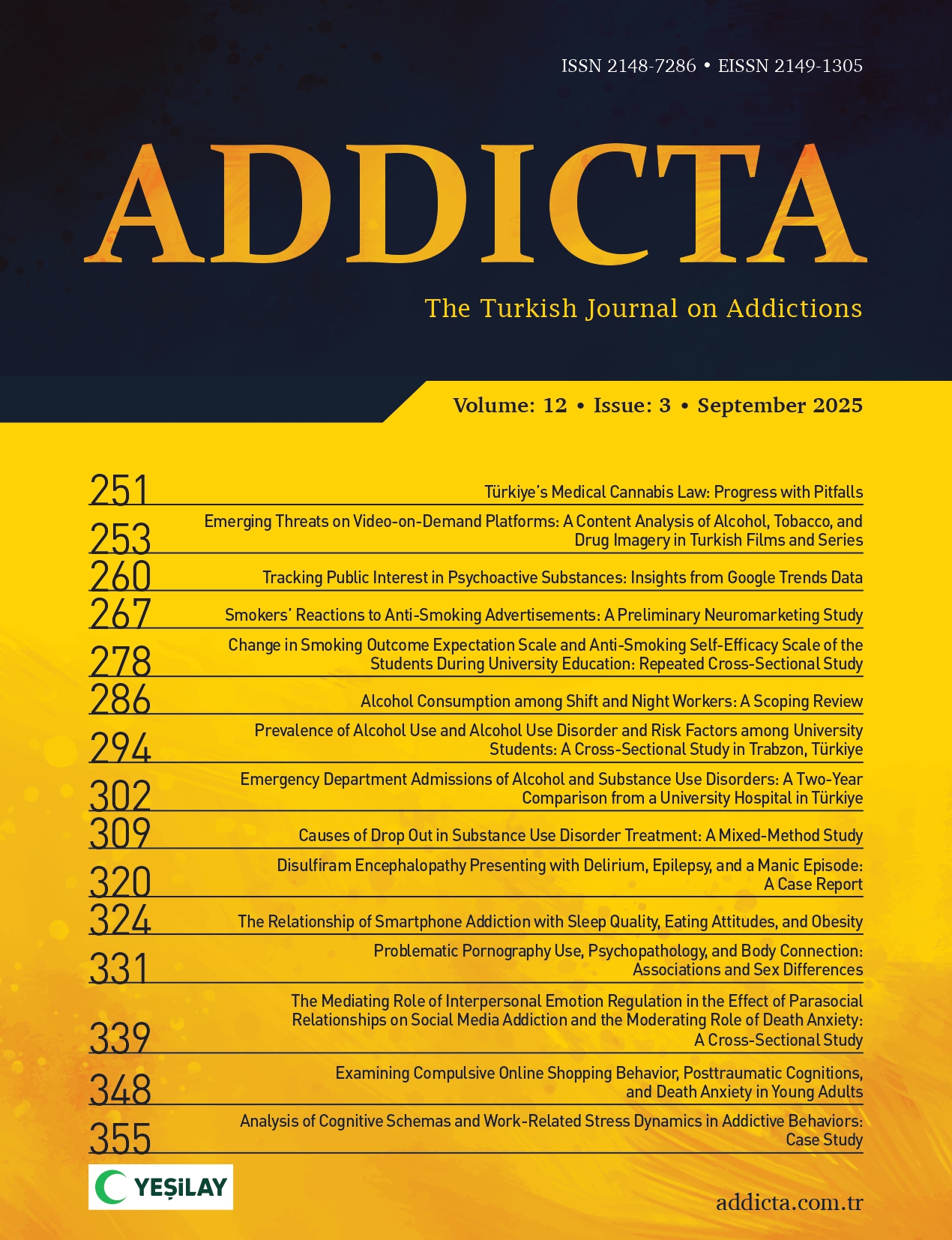An understanding of addiction as a complex disorder involving biological/physiological, psychological, sociocultural, and socioeconomic elements is well established as a foundation for good practice in treatment interventions. More recently, we have begun to view recovery from this disorder as being reliant upon a realignment of all these elements within the context of a sustained structure of encouragement and support rather than as an illness that will respond to a short, time-limited intervention such as treatment. Drug treatment-seeking populations have been rigorously researched, and we know much about their journey toward and through treatment and even into post treatment. However, nontreatment-seeking populations are far less well known, and we know almost nothing about their experiences of long-term recovery. What is known is that “natural” recovery from even the most serious episodes of addiction is widespread, perhaps even commonplace. In Europe, the majority of these natural recovery episodes appear to take place outside formal treatment and even in defiance of the injunctions and advice of treatment providers. Understanding this process of natural remission and the structures or elements that both make remission possible and sustain it over the long term will help to identify the most critical aspects of treatment interventions in general and after-care processes in particular. This chapter reviews the history of recovery movements, the implications of the accepted theories of addiction, and argues for the need to create communities of recovery in order to limit the intergenerational transmission of addiction.

.png)

.png)
.png)
